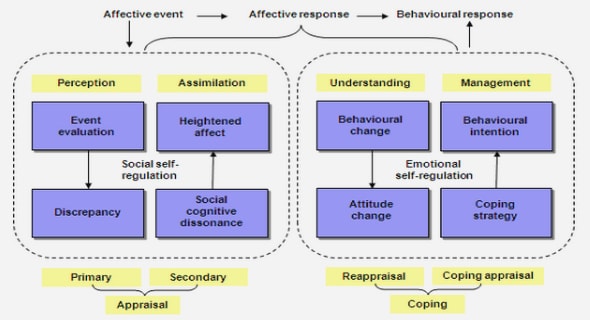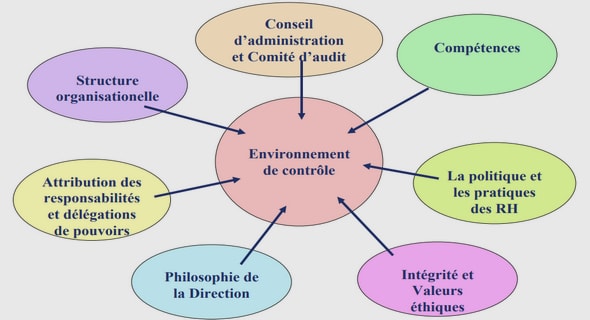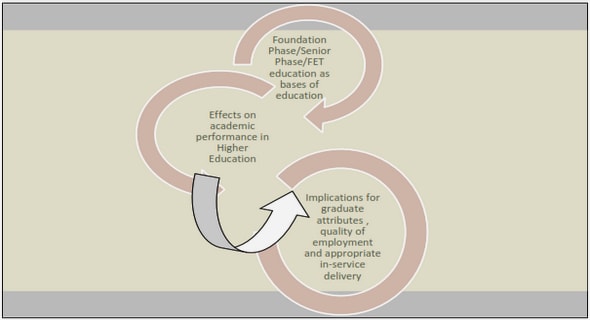Get Complete Project Material File(s) Now! »
Purpose
The purpose of this thesis is to document the necessary tools that will potentially complement the implementation of an environmental management system. An extended purpose is to consolidate the restructuring of organisations to make them become more environmentally aware. Through assessments of IT support and capabilities, and the potential of EMSs, the following thesis shall address the necessity of EMSs and investigate how IT can complement such a system in order to benefit an organisation’s environmental performance. In doing so, increased knowledge of the EMS will be provided – a system that can improve an organisation’s finances, productivity and image. As consumer awareness continues to grow and have an effect on an organisation’s image, organisations need to meet oncoming expectations and international standards.
The latest capabilities of IT will be highlighted to enhance the ways in which IT can accompany successful implementation of EMSs along with fundamental usage of IT for EMSs. A brief acknowledgement of the effects of change when implementing EMSs will also be mention to understand how organisations can transition their companies into flexible, sustainable companies that can easily adapt to future environmental regulations and changes in the market. Ultimately, EMSs will be dissected to illustrate how they can succeed and how IT helps in doing so.
The outcome of the proposed purpose will be evaluative as it will define the benefits that can be gained from using IT to implement and aid EMSs post-implementation. Enlightening the importance of EMSs will help determine why companies should not wait for competitors in the market or consumer preference to give organisations the incentive to invest in an EMS. Furthermore, EMSs can help align processes to enforce environmental awareness and stress the effort to lessen organisational impact on the environment. However, such an important system and the success of such a system is reliant upon numerous tools. One of the tools discussed and investigated for the purposes of this thesis is that of IT – how is IT used for such a system?
Research Questions
Here the research questions are presented to define the objectives of the thesis and where the thesis aims to draw its conclusions.
What IT solutions/produ cts can be used to accompany EMS implementation and aid EMS processes after implementation (post-implementation)?
How does IT impact EMS implementation and complement EMS processes once implemented?
What role does IT play in benefitting the success of EMSs?
Delimitations
The research conducted will not consider external factors such as consumer perception of organisations in their bid to be more environmentally friendly. There is a sufficient amount of previous research to support the fact that organisations that do opt for greener methods, or are certified under ISO 14001, generally gain from improved customer relations (Sheldon & Yoxon, 1999; Winsemius & Gunrtam, 1992; Miller, Spivey & Florance, 2008; Moore & Bordeleau, 2001). It should also be noted that the requirements of ISO 14001 will not be discussed with much detail but it should be known that EMSs are generally implemented by companies in order to be 14001 certified. EMSs naturally give the company the foundations to meet ISO 14001 requirements. Furthermore, specific IT strategies will not be outlined or discussed but IT solutions that can complement the implementation of EMS and help organisations adopt a sustainable approach to its processes will be researched and addressed.
It is also very important to take heed to the fact that the IT systems deployed and the impact they have on the environment will not be taken into consideration in this thesis. That is, the chemicals involved in producing hardware and the effects electronic waste have on the environment will not be discussed. Nor will these factors be addressed in any more detail as the environmental issues regarding systems and power efficiency are a separate phenomena to the ways in which IT can aid EMS implementation and EMS processes. This thesis will therefore not look at how IT can be greener but how IT can be used to accommodate organisations that aim to be greener.
Perspective
The core of this thesis is based upon an internal viewpoint from an organisation’s perspective. Employees and managers, either top management or lower level managers who conduct unique processes from the rest of the organisation, can use this thesis to consider ways in which IT can aid sustainability and impact their immediate operations. Any person who can have an effect on the way in which an organisation assesses or can change its environmental impact should find the following thesis useful. Commitment to being green can begin from any employee, whether in the office with data handling or for actual operations such as the supply chain. Though it is stressed, like all changes, that “change has to come with commitment from the top” (Evard & Gipple, 2001, p. 184), it may be necessary for employees from lower levels to highlight the benefits of an EMS and set an environmental culture in motion. Therefore the perspective of this thesis looks at the business from an internal viewpoint, in consideration for the fact that the only external factors are customers’ perception of the organisation which will be much more positive once the internal factors are dealt with.
With such a perspective, it should be noted that this thesis is more suited for industrial purposes than academia as it will try to encompass IT and EMSs in a way that should benefit companies who are yet to react to the pressures of the environmental movement, or who looking to be proactive for external reasons. Sheldon & Yoxon (1999, p. 10) offer several responses from organisations when asked why they want to install anEMS:
We want to avoid prosecution
We need it because our customers are asking us to get one
We want to save money
We want to improve/maintain our image
The need for and the success of EMSs are predominantly industry based phenomena and so it is more appropriate, for the sake of this thesis, to look from a manager’s perspective to contribute to the responses given here.
Theoretical Framework
To understand how IT can support EMS implementation/processes, it is important to have an understanding of what an EMS is, what the purpose is of an EMS and what functions it has within an organisation. With adherence to systems theory and key EMS theories, the role of EMSs within an organisation can be identified. In doing so, the role of IT for such a system can be investigated with prior knowledge as to how IT could be applied. Additional insight into current IT software and capabilities will also be provided in order to enlighten modern IT solutions that could offer additional aid.
The purpose of establishing previous theories on this subject matter is to apply it to the current problem. Applying prior knowledge and theory to research into real life situations can help discuss what solutions could have been used in previous experiences and support an argument as to whether the same solution could be applied to EMS implementation for other organisations in the future. A critical review of previous theory also helps to develop an understanding of EMSs that can help answer the research questions.
Theory refers to “situations where if A is introduced, B will be the consequence” (Saunders et al., 2007). In relation to this thesis, ‘A’ is the use of IT for EMS implementation and enables reasoning for the purpose of this thesis which is to determine ‘B’- the consequence of such a concept. Previous theory establishes that EMSs are beneficial for organisations and that IT can enable benefits for organisations. The aim is to combine the two theories to show how both these concepts can, separately, benefit a company but primarily how they can be combined within an organisation to get the best out of both.
Systems Theory
For the purpose of this thesis it is necessary to understand the characteristics of systems within organisations and more specifically the elements of a system so as to understand the role of an EMS within an organisation, and the role IT can play in benefitting such a system. In brief, Beynon-Davies (2002) describes basic systems theory which connotes that a system is fundamentally made up of parts designed to meet a purpose. Systems are generally involved in the transformation of something (process) which occurs using the inputs to and the outputs from the system.
The key systems related to this thesis are the information system (IS), human activity system (HAS), and the information technology system (ITS). As defined by Beynon-Davies (2002), the IS is a communication system designed to gather, process, distribute and use information in order to support the HAS. The HAS is the social system made up of some group of people that perform logical activities. The ITS is an organised collec-tion of hardware, software, data and communications technology designed to support the information system.
Beynon-Davies’ systems model (2002), shown below, incorporates the use of an IT sys-tem within an information system. Having defined the different systems, this thesis per-ceives the information system within the model as an EMS, whilst the IT system (con-sidering that the actual use of IT is yet-to-be defined) is any use of IT to aid the EMS.
The human activity system may be that of the environmental department or environ-mental management team within an organisation as information systems are often named after the HAS they support (Beynon-Davies, 2002) – hence, environmental man-agement systems.
Table of Contents
1 Introduction
1.1 Background
1.2 Definitions
2 Specification of Problem
3 Purpose
3.1 Research Questions
3.2 Delimitations
3.3 Perspective
4 Theoretical Framework
4.1 Systems Theory
4.2 Environmental Issues
4.3 Environmental Management Systems
4.4 IT Solutions for EMS
5 Method
5.1 Research Philosophy
5.2 Research Approach
5.3 Research Design
5.4 Research Strategy
5.5 Applied Method
5.6 Presentation of results
5.7 Method for analysis
5.8 Time Horizons
5.9 Credibility
6 Results
6.1 Consultant Interviews
6.2 Company Interviews
7 Analysis
7.1 EMS implementation
7.2 Use and necessity of IT
7.3 IT solutions for EMSs
7.4 Does IT benefit EMSs?
8 Conclusion
8.1 Discussion
8.2 Further Research
References
GET THE COMPLETE PROJECT
Environmental Management Information Systems How does IT aid the implementation and processes of EMSs?


